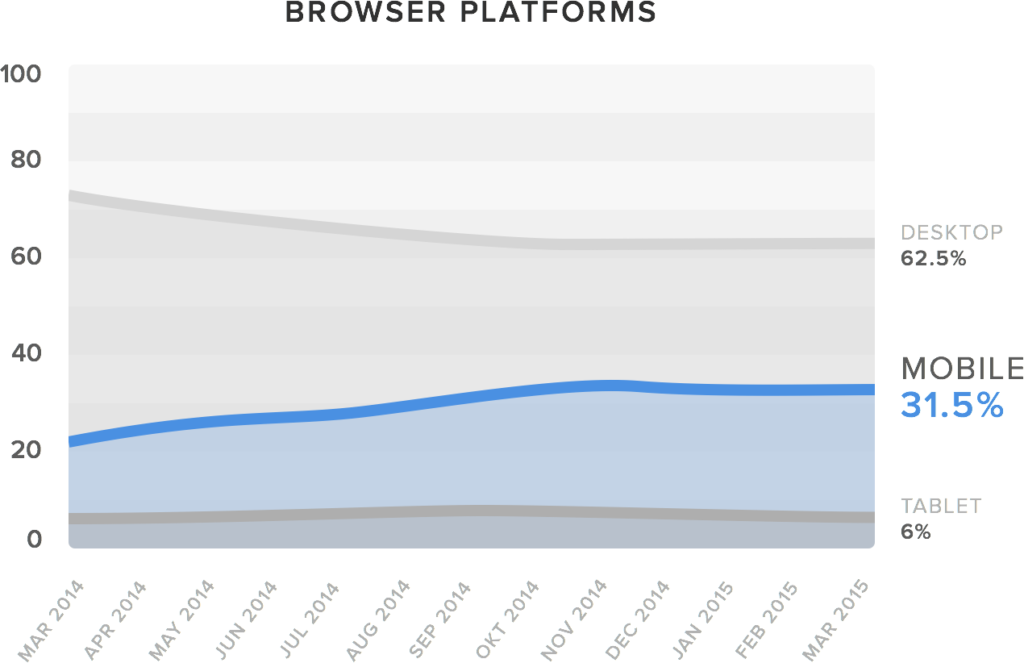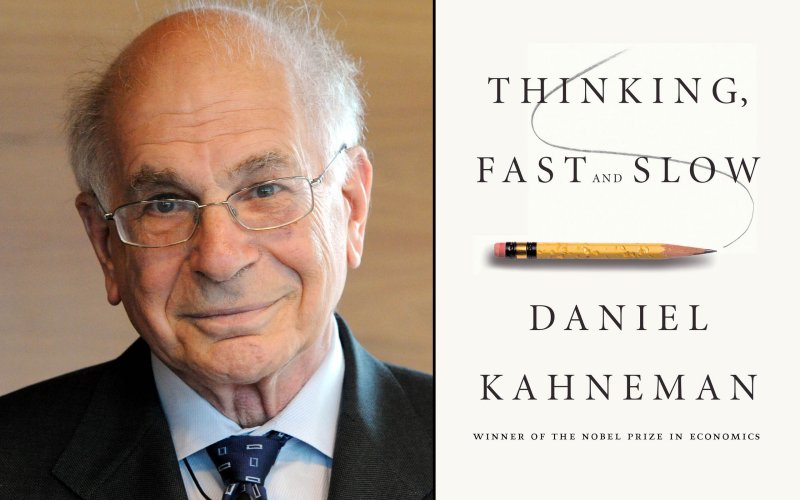Living in disruptive times
What do people really want? A bendable screen or menus that makes sense? We’re surrounded by some of the most exciting technology the world has ever seen. But somehow it seems like the only things 3D printers can’t print is a reason to have one. A little bantering, perhaps. Of course, trying things out is for our common good and we should never stop exploring the amazing things we can achieve. But are businesses really giving people what they need?

Solutions for real reality
Numerous developments change how we behave in profound ways. Virtual reality is truly fascinating, but then again, real reality is pretty sweet too. The companies that thrive in the current environment are those that focus entirely on what people want.
They don’t obsess over technology. They find a way for it to solve people’s problems.
Uber, for instance, isn’t a tech company, but a company that realized that the entire taxi industry was arranged around its needs and not what people wanted.
What if all our great technology was used to solve actual problems? Who wouldn’t choose a dentist that shares how late or early they are running, allowing you to plan your visit accordingly? Our mobile screens can become the default way to access information and entertainment. We have noticed that the total volume of traffic on the Internet from mobile devices hit 31,5% in March 2015. At the same time, desktop use is dropping.

Things your customers can’t tell you
Well, is making great products easy? Even when they want to, there are some things your users can’t tell you. As we all know, there’s this thing called human irrationality. In his book Thinking, Fast and Slow, Psychologist and Economics Nobel Laureate Daniel Kahneman analyses some of the cognitive biases that prevent users from accurately reporting their own experiences or motivations. These biases frequently affect qualitative product research.

One of Kahneman’s findings is the distinction between the “experiencing self” and the “remembering self”. What makes the first self happy is not the same as what makes the other self happy. The experiencing self refers to a person’s actual experience of pleasure or pain, sampled from moment to moment, and then summed up over time. The remembering self doesn’t care about how long a pleasant or unpleasant experience lasts. Rather, it retrospectively rates an experience by the peak level of pain or pleasure in the course of the experience and by the way the experience ends. Most companies prioritize the experiencing self, even though it’s the remembering self that calls the shots, since it exercises a sort of dictatorship over the voiceless experiencing self.
“Odd as it may seem,” Kahneman writes, “I am my remembering self and the experiencing self, who does my living, is like a stranger to me.”
Your connected audience is your best advisor
Most online stores are connected to their customers. “Connected to” and “connect” are two different things, though. Connection is the ability to deliver value to the people who request it. When you connect your customers or your audience, you’re the matchmaker. Connecting is where the real emotions and impact happen. This is what makes a tribe. But walking into a territory where you don’t always get to decide what’s going to happen next could be terrifying. But side by side, multiplying exponentially, this tribe is made up of the people who are your finest ambassadors and best advisors.
The handing over of power to your connected audience will give you products that people actually will buy.
We have an abundance of energy, capital and focus on how technology can improve every aspect of a business. We can bring technology and empathy together to surprise and delight customers, not do things because they simply can be done.
























